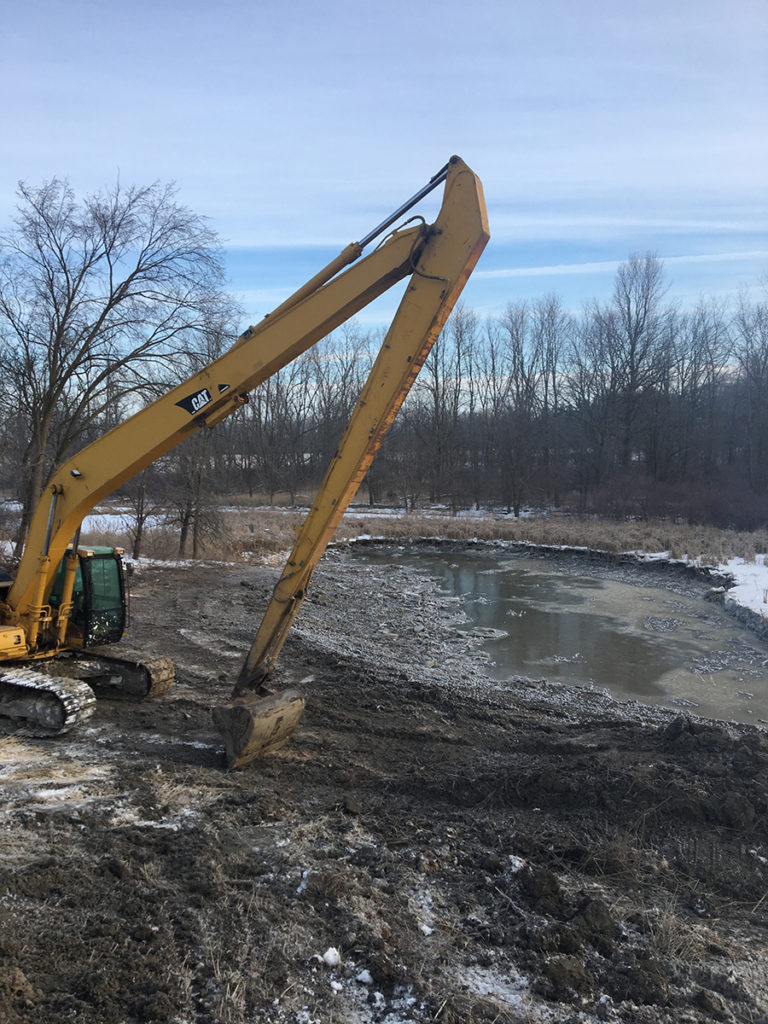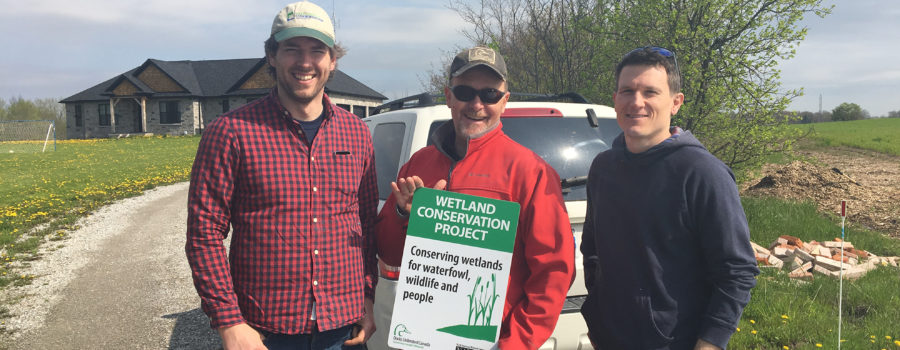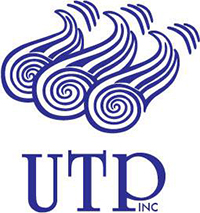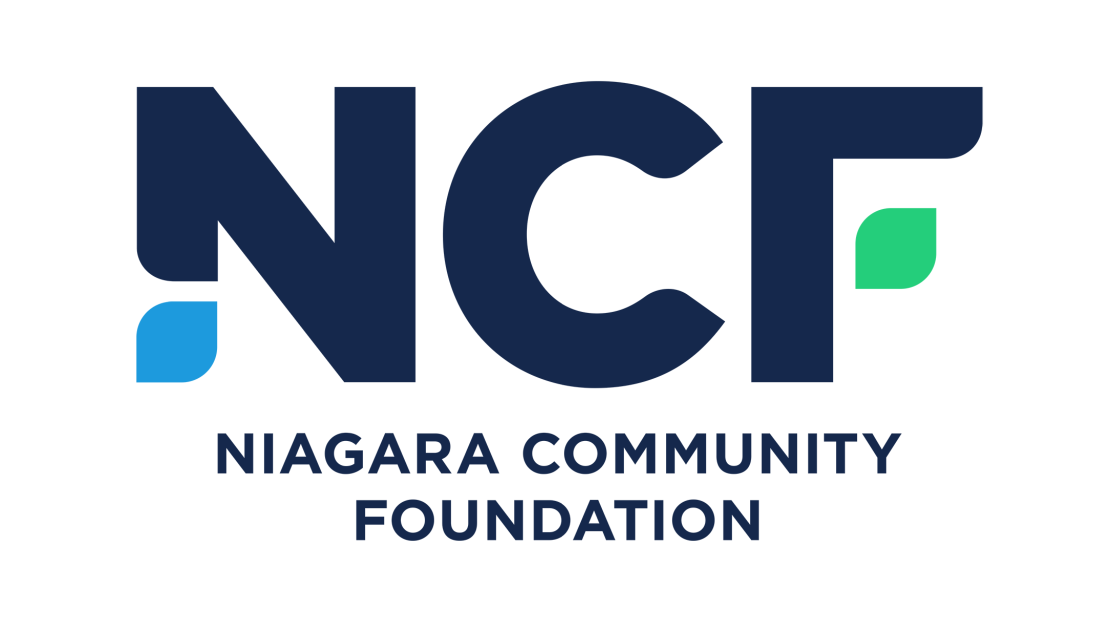Ecosystems all over the world have undergone significant damage and stress due to human activities and extreme weather events. This has many adverse effects on biological diversity as well as peoples’ livelihoods and even their health. To bring back these ecosystems, it is crucial that we reverse these negative impacts and degradation. This can be done through a process called ecological restoration, described by the International Union for Conservation of Nature (IUCN) as the process of assisting the recovery of an ecosystem that has been degraded, damaged or destroyed.
Restoration is considered a nature-based solution, involving the improvement of the relationship between nature and communities by re-establishing the goods and services that the ecosystem provides. Restoration projects are taking place all over the world in both terrestrial and aquatic environments, including the shorelines of the Great Lakes. There are many different restoration strategies: re-vegetation in areas that have lost their natural plants and trees, habitat enhancement through physical, chemical or biological changes in order to increase the suitability of an environment for native species living, removing invasive species and reintroducing native species that have been lost.
 Remediation is another restoration strategy which helps to reverse or stop environmental damage. This is achieved through the creation of a new ecosystem or by returning the ecosystem to its original state.
Remediation is another restoration strategy which helps to reverse or stop environmental damage. This is achieved through the creation of a new ecosystem or by returning the ecosystem to its original state.
To be successful, restoration projects require the participation of all stakeholders and sectors of society. In the Niagara Region, for example, the Niagara Restoration Council works in partnership with government and non-government groups to restore some of the natural environment in the Niagara Region through various projects. Some of those projects include: Trees for Niagara: Wildlife Corridor Enhancement of Watersheds, building stream buffers for Niagara’s rivers, Fish Barrier survey, and many others. These restoration projects are considered to be critical in bringing back the ecological processes and ecosystem services needed for the future sustainability of the planet. Many other organizations also aim to contribute to this endeavour in the region.
Enhancing ecosystems through restoration allows native species to return and thrive in their natural environments, helps to mitigate and adapt to the impacts of climate change, and ultimately builds resilience for present and future generations.
The researchers involved with the MEOPAR project are working to raise awareness about the impacts of climate change and how communities can effectively adapt, and increase resilience, to these changes. Follow along with our blog every week (written by researchers Liette Vasseur, Meredith DeCock, Bradley May, Pulkit Garg, Sam Gauthier and Jocelyn Baker) to learn more about the project and how you can get involved. You can also visit our website at brocku.ca/unesco-chair or email us at meopar-lincoln@brocku.ca
Excavation photo: A provincially significant wetland (PSW) in Niagara is being restored by digging out the invasive species phragmites (also known as common reed). The project is a partnership between the Niagara Restoration Council, Ducks Unlimited (DU), the Niagara Peninsula Conservation Authority (NPCA) and a private landowner.
Group photo: There is a partnership project between the Niagara Restoration Council, Ducks Unlimited (DU), the Niagara Peninsula Conservation Authority (NPCA) and a private landowner for wetland restoration here in Niagara. Pictured, from left, are Stuart McPherson (NPCA), Jeff Krete (DU) and Steve Gillis (NPCA).
 Back to myNiagaraOnline
Back to myNiagaraOnline
































